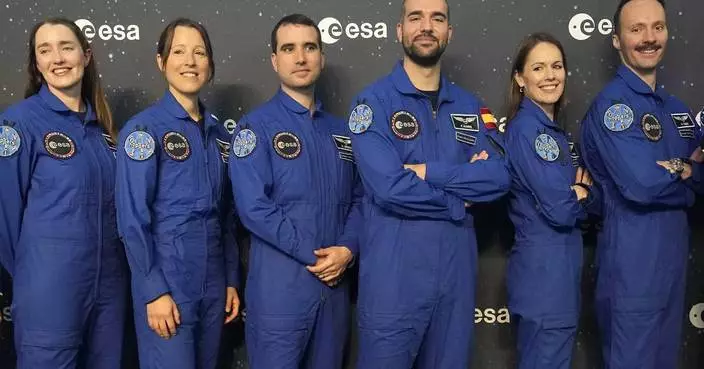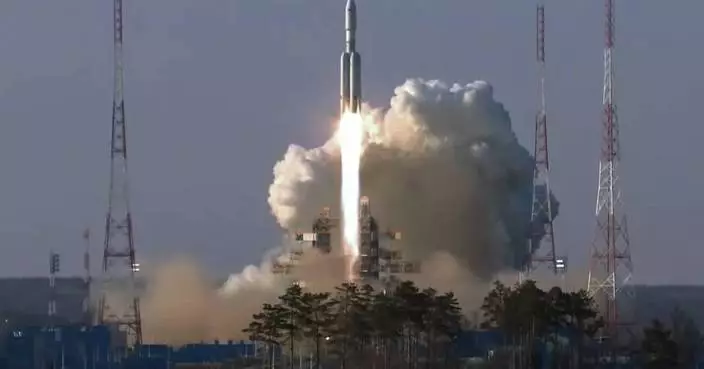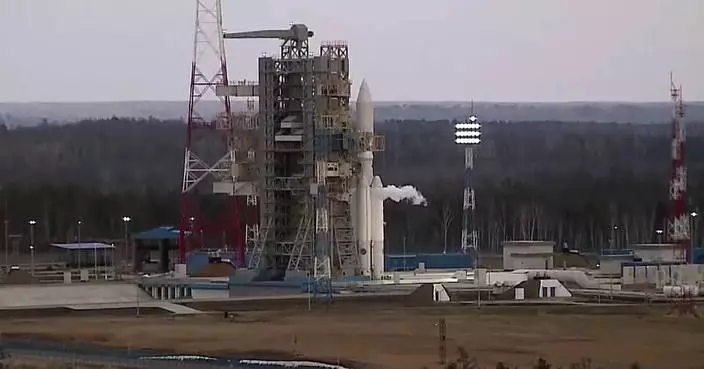Two men and two women volunteered and spent 200 days in a simulated space lab in Beijing, setting a world record for the longest stay in a self-contained "cabin."
The biomedicine students from Beihang University, the second group of volunteers staying in Yuegong-1, also known as Lunar Palace 1, completed the second phase of its 365-day on-ground experiment Friday.
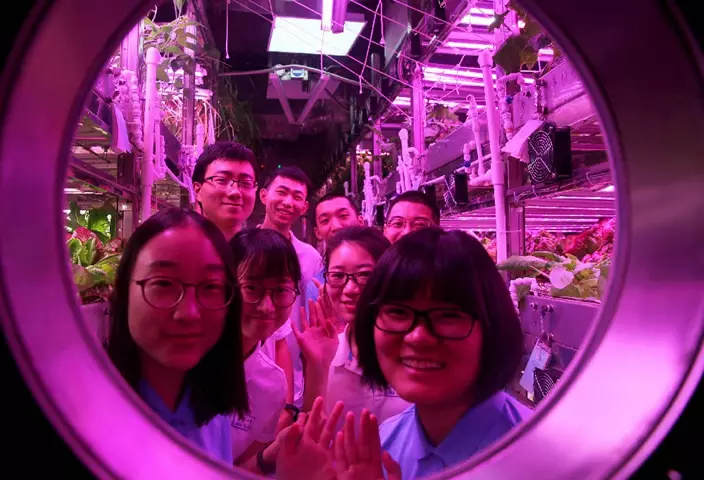

The first group of volunteers, who had previously stayed in the cabin for 60 days, re-entered the cabin Friday to the replace the second group, starting the third and final phase which will last 105 days.
The experiment was designed to see how the Bioregenerative Life Support System (BLSS), in which animals, plants and microorganisms co-exist, works in a lunar environment, as well as the physical and mental conditions of humans in such an environment.
Water and food can be recycled within the system, creating an Earth-like environment.
A successful 105-day trial was conducted in 2014.

Liu Hong, chief designer of Yuegong-1, said the purpose of the new program was to test the stability of the BLSS when "astronauts" take turns living in the cabin.
"The longer-than-ever stage, during which time three unexpected blackouts happened, has challenged the system as well as the psychological status of the volunteers, but they withstood the test," Liu said.
The stage has broken the record set by an experiment of the former Soviet Union, in which three people stayed for 180 days in a similar closed ecosystem in the early 1970s.

TOKYO (AP) — Japan’s space agency announced Friday a plan to launch a major upgrade to its satellite imaging system, as a new flagship rocket is put to the test for a third time.
The Japan Aerospace Exploration Agency that an H3 rocket will be launched from the Tanegashima Space Center, on a southwestern Japanese island, early afternoon on June 30, with a launch window that runs through the end of July.
The rocket will be carrying an Advanced Land Observation Satellite, ALOS-4, tasked primarily with Earth observation and data collection for disaster response and mapmaking, as well as with monitoring military activity, such as missile launches, with an infrared sensor developed by the Defense Ministry. The ALOS-4 is a successor to the current ALOS-2 and can observe a much wider area.
The launch will be the H3's third, coming after a failed debut in March 2023 and a successful launch on Feb. 17. During the first attempt, the rocket's second stage engine did not ignite and the rocket had to be destroyed along with its main payload, a satellite that was supposed to be the ALOS-3.
During H3 No. 2's successful test flight, it carried two commercially-developed observation microsatellites and an ALOS mockup.
JAXA and its main contractor Mitsubishi Heavy Industries have been developing H3 as a successor to its current mainstay, H-2A, which is set to retire after two more flights. MHI will eventually take over H3 production and launches from JAXA and hopes to make it commercially viable.
Japan sees a stable, commercially competitive space transport capability as key to the country's space program and national security.
The 57-meter (187-foot) long H3 rocket is designed to carry larger payloads than the H-2A at about half its launch cost.

FILE - JAXA H3 rocket project managers Masashi Okada, right, and Mayuki Niitsu brief journalists in front of the second stage of a H3 rocket, set for a full-fledged launch later this year after two test flights, inside the Mitsubishi Heavy Industries' Nagoya Aerospace Systems Works Tobishima Plant in Tobishima, Aichi prefecture Thursday, March 21, 2024. Japan’s space agency announced Friday, April 26, that it will launch its new flagship rocket H3 on June 30 carrying an observation satellite for disaster response and security purposes, a key mission that it had failed in its debut flight last year. (AP Photo/Mari Yamaguchi, File)
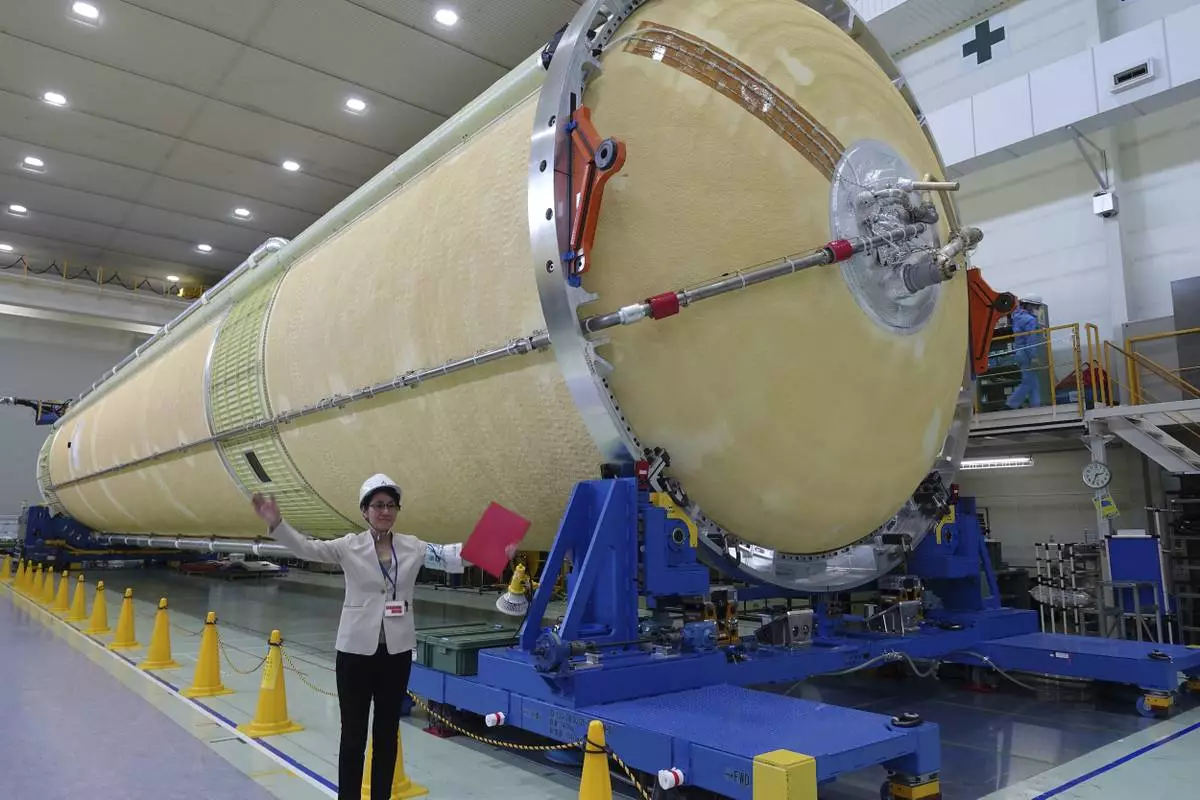
FILE - A Mitsubishi Heavy Industries staff member stands next to the top of the first stage of a H3 rocket, inside the Mitsubishi Heavy Industries' Nagoya Aerospace Systems Works Tobishima Plant in Tobishima, Aichi prefecture Thursday, March 21, 2024. Japan’s space agency announced Friday, April 26, that it will launch its new flagship rocket H3 on June 30 carrying an observation satellite for disaster response and security purposes, a key mission that it had failed in its debut flight last year.(AP Photo/Mari Yamaguchi)










